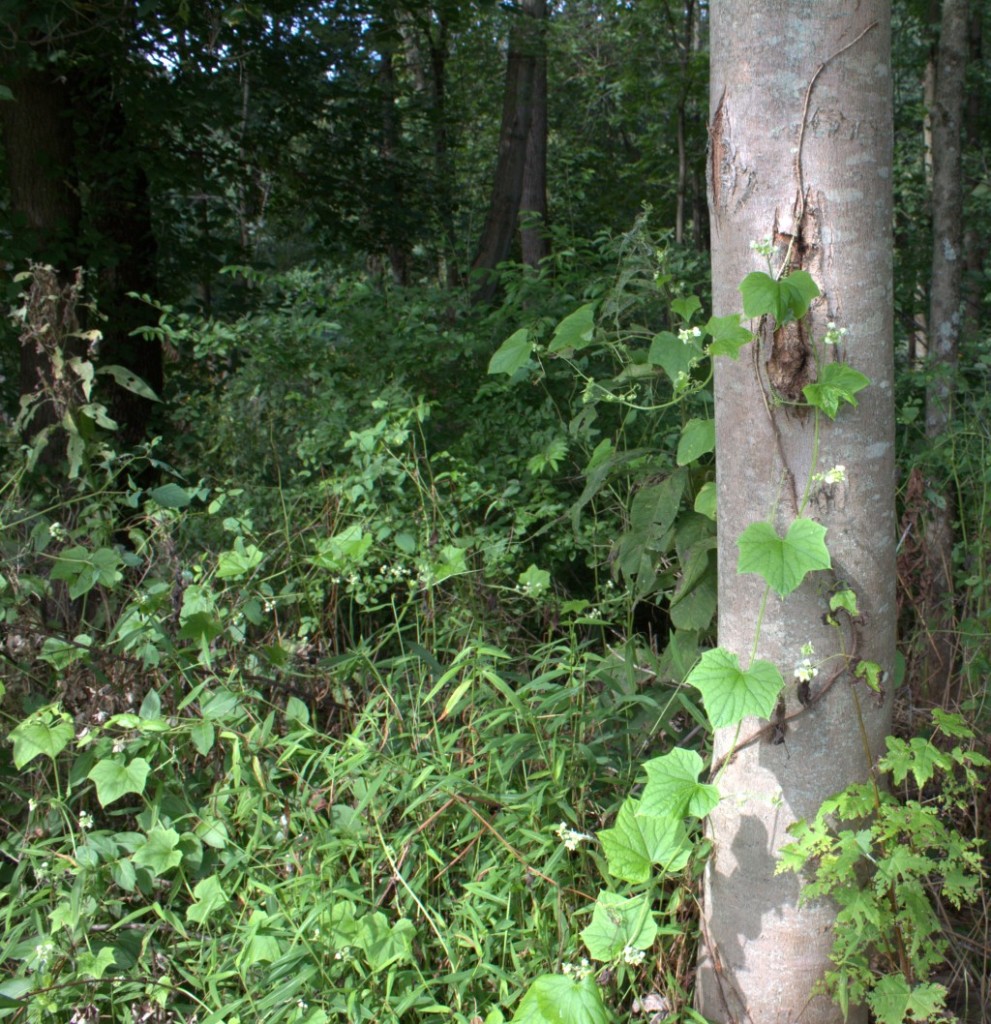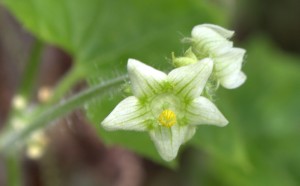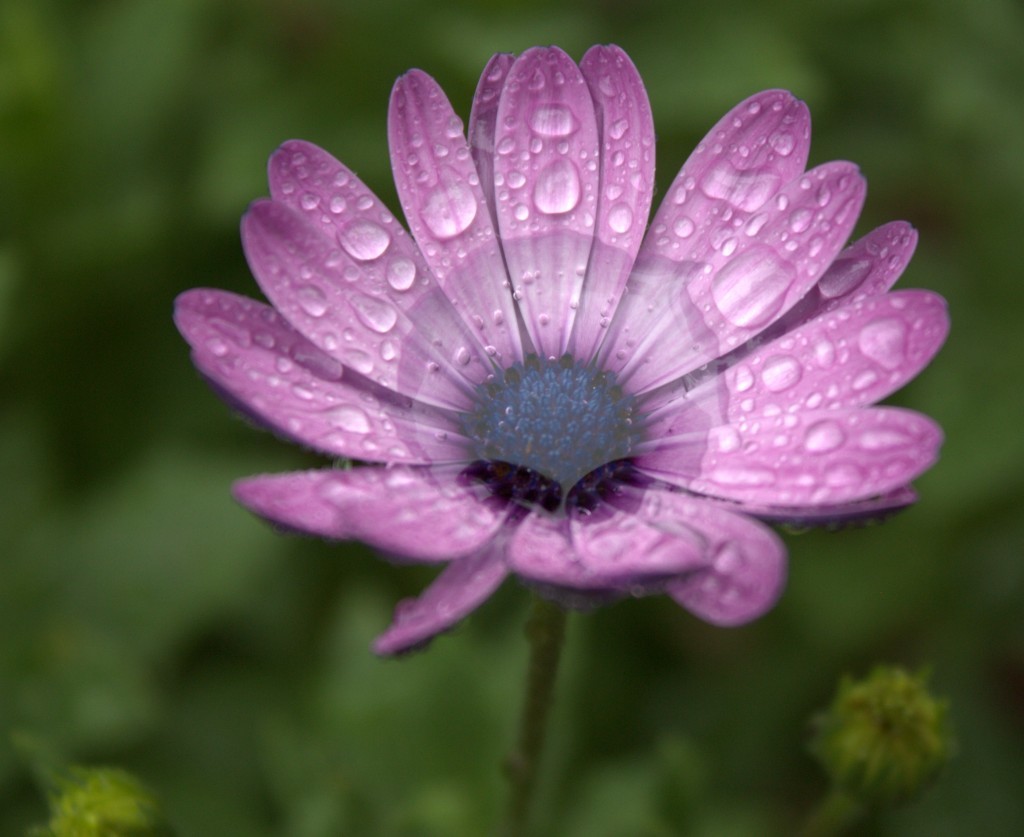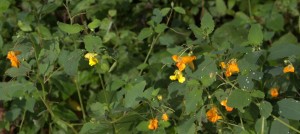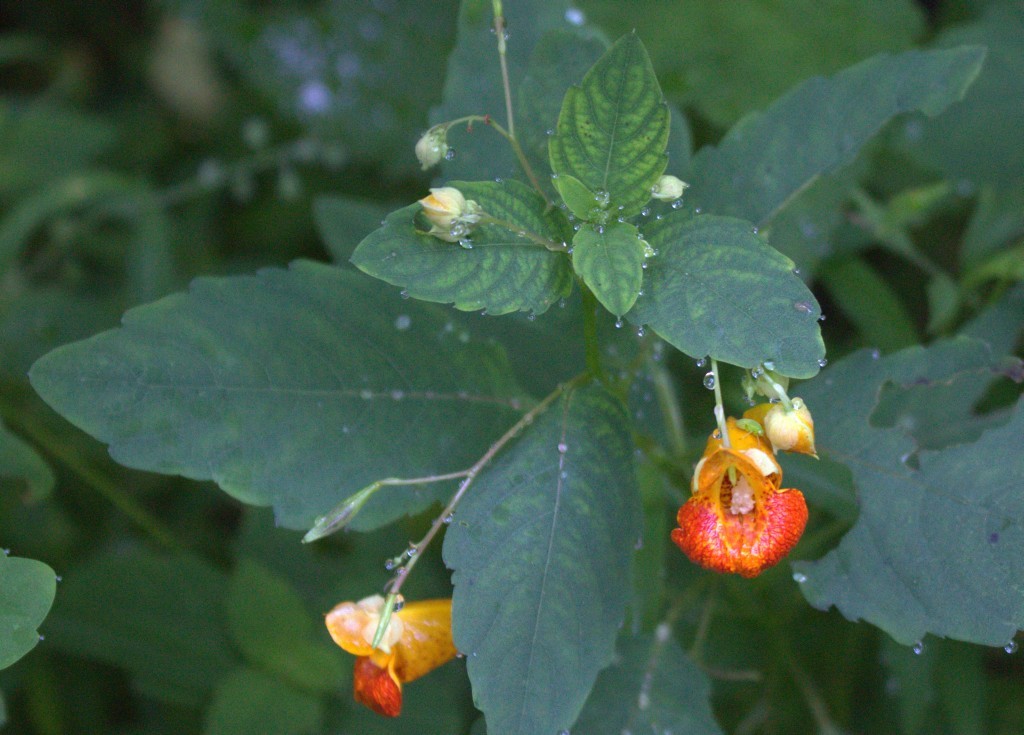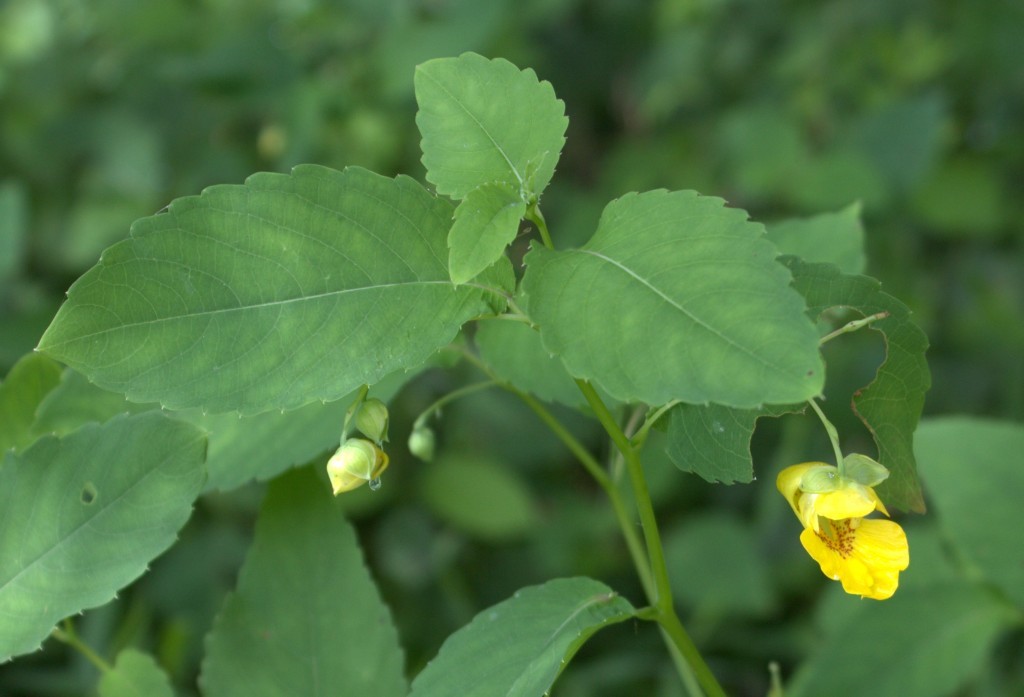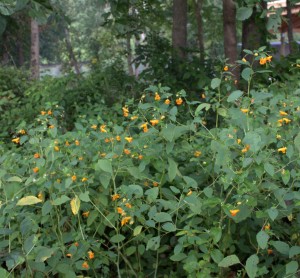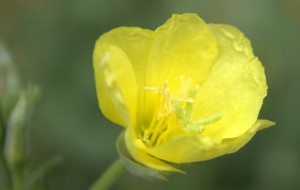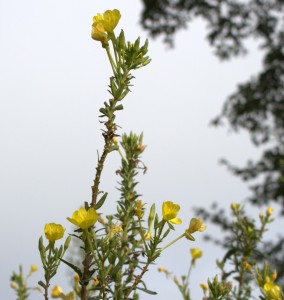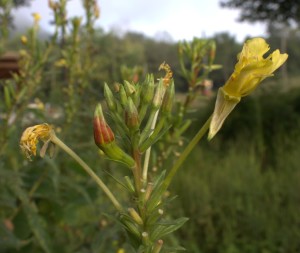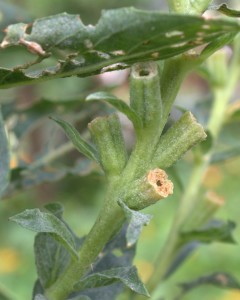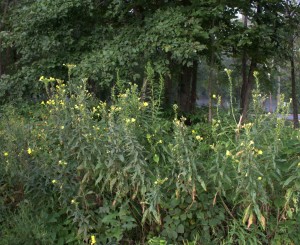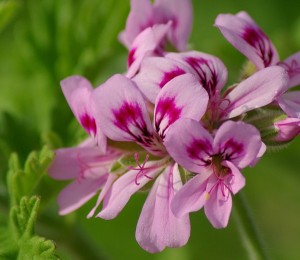Autumn is here. The heat of summer is gone and there’s a chill on the breeze. Tree leaves are changing colors with some even falling to the ground already.
Taking a walk in the park we saw lots of asters and goldenrods in bloom this past week. The Touch-Me-Nots and Thoroughworts were still flowering but not for much longer.
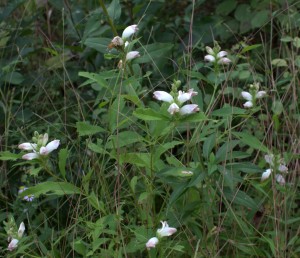
Near the edge of the road and tucked behind a large purple-flowering aster was this late summer blooming plant I’ve never seen before. It had large flowers compared to the aster.
Each stem of the plant, or perhaps it was a small grouping of plants, was topped with a cluster of flower buds and the lowest of them open.
The flowers were white and some of them tinged with pink at the tips. Each blossom appeared to have only two large petals with the top petal arching over the lower one.
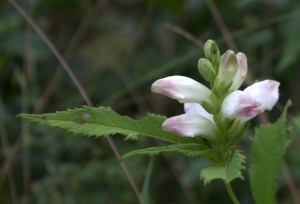
A sideways view shows how this plant apparently got its name, “Turtlehead”.
(Click on any image to see a larger view.)
Turtlehead, Chelone glabra, is a member of the Snapdragon Family, Scrophulariaceae, and native to the Eastern United States and Canada.
If the road crews aren’t too aggressive, we should be able to see this native plant next year as it’s a perennial.
The lance-shaped, toothed leaves are oppositely arranged on the stems. They must be quite tasty to insects judging by the number of leaves with holes and half-eaten ones.
The whole plant is smooth from the stems and leaves to the flowers; it rises 2-3 ft. tall.
We should be able to find more White Turtleheads growing in damp, moist areas of wetlands, near springs or seeps, and areas adjacent to rivers.
It can be a nice addition to gardens if kept watered well and grown in partial shade. Blooming period is late summer into fall.
Photos taken 19 September 2015 at Little Buffalo State Park, Newport, PA.
